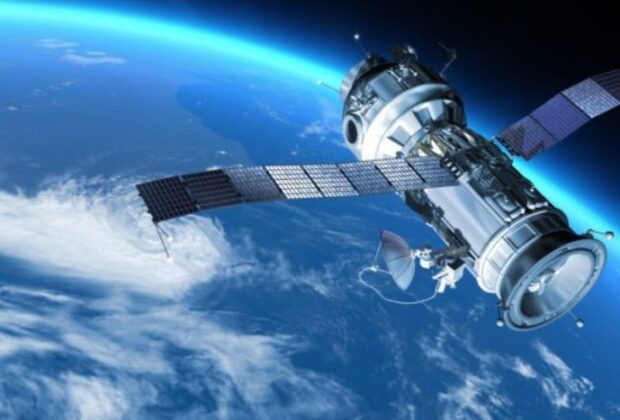After a seven-year mission to gather samples from the space rock Bennu, the craft, now known as OSIRIS-APEX (Origins, Spectral Interpretation, Resource Identification, and Security – Apophis Explorer), has recently returned.
The ship’s second mission will involve an investigation into Apophis, an asteroid that is predicted to be the largest to pass Earth in history in 2029.
Project scientist Amy Simon stated in a NASA press release, “We learned a lot at Bennu, but now we’re armed with even more questions for our next target.”
On April 13, 2029, the asteroid is predicted to pass close to Earth’s surface—about 20,000 miles away, which is closer than some satellites get to orbit the planet.
Because of the asteroid’s close proximity to Earth, scientists believe that some long-standing questions, such as planet formation, may finally have an answer.
Principal investigator for OSIRIS-APEX Dani Mendoza DellaGiustina stated in a NASA press release that “the close approach is a great natural experiment.”
“We know that tidal forces and the accumulation of rubble pile material are foundational processes that could play a role in planet formation,” they went on to say.
“They could inform how we got from debris in the early solar system to full-blown planets.”
Apophis, which is 1,000 feet across, is named after the Egyptian God of Chaos.
Scientists have since learned that there is no chance the massive asteroid will collide with Earth, contrary to their initial prediction in 2004 that it would have a 3% chance of doing so.
“OSIRIS-APEX will study Apophis immediately after such a pass, allowing us to see how its surface changes by interacting with Earth’s gravity,” Simon stated.
This is due to the fact that Apophis’ surface will probably alter as it passes Earth, allowing for the study of additional material.
Prior to the space rock’s passage through Earth, OSIRIS-APEX will photograph Apophis for two weeks.
After that, on April 13, 2029, the research ship will arrive and spend the next year and a half studying it.
Instead of landing, the spacecraft will use its thrusters to raise the surface of the asteroid so that scientists can collect samples.








